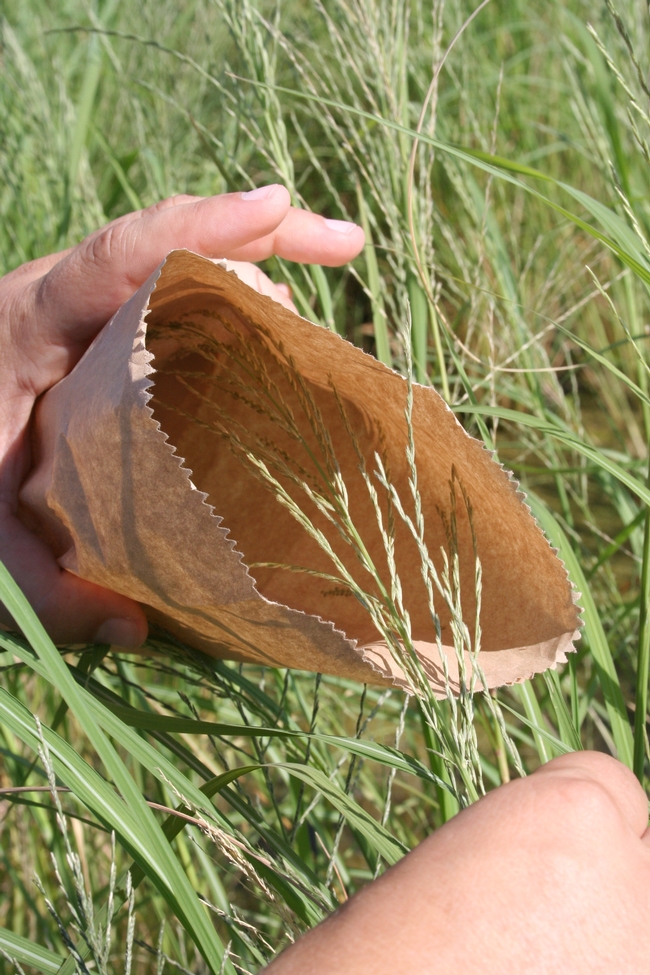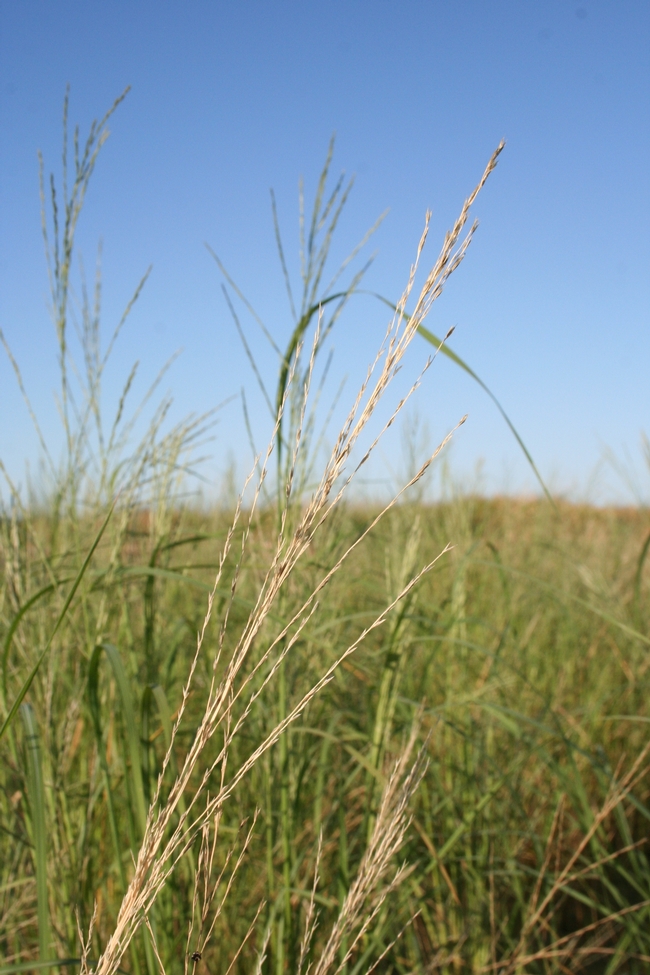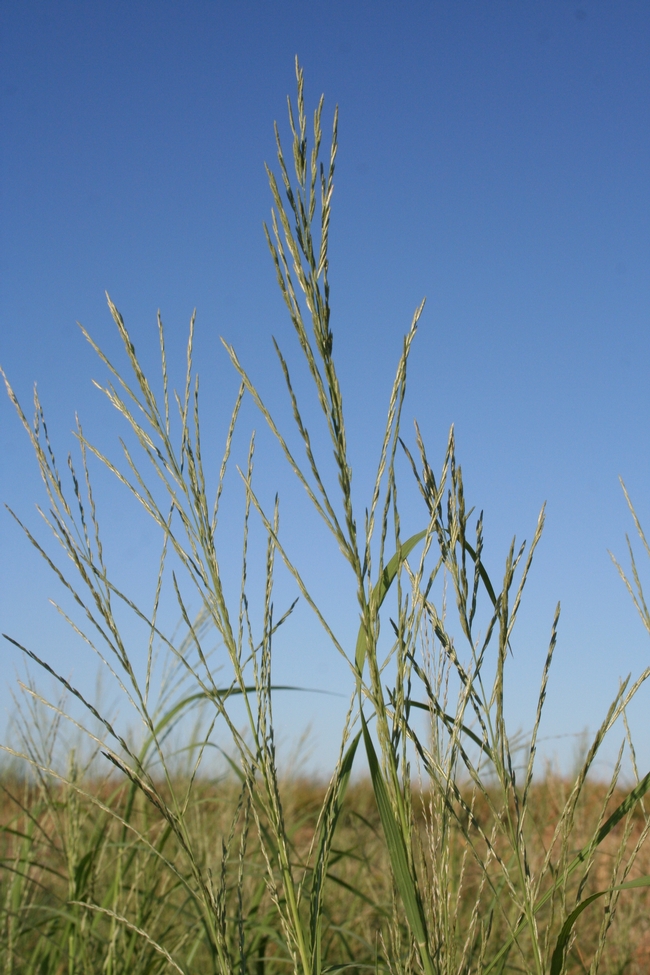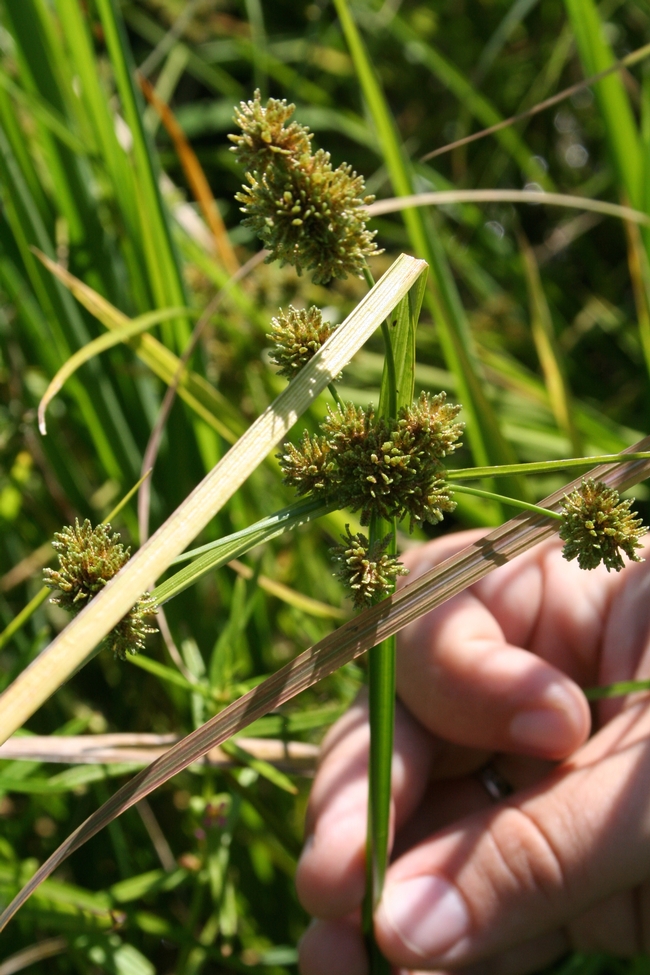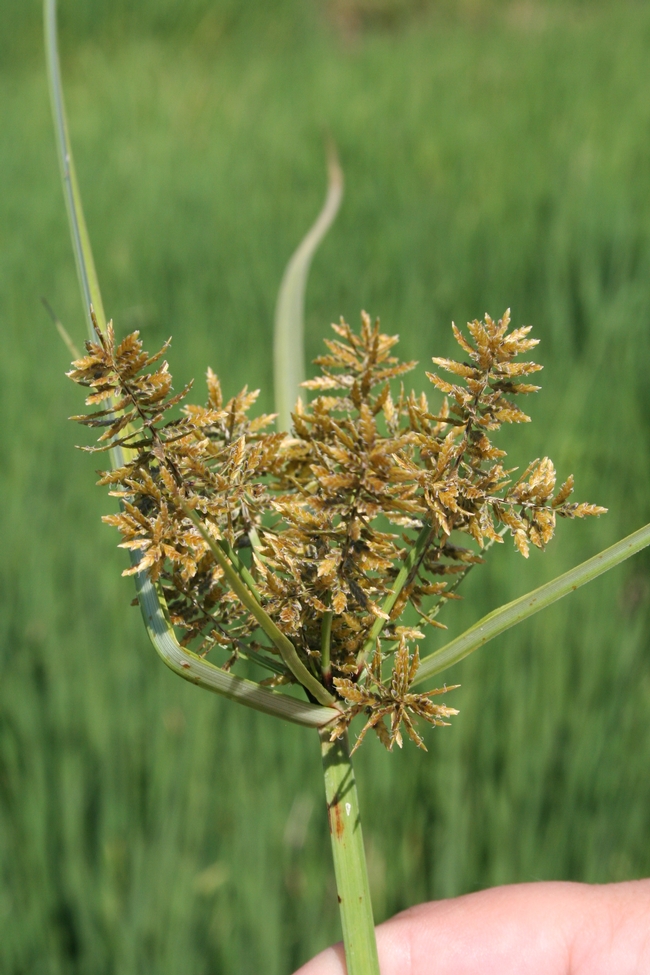The Weed program at the Rice Experiment Station (RES) in Biggs conducts herbicide resistance testing for the major rice herbicides used in California. This information helps growers improve their weed control programs if resistance is confirmed, and also helps the rice industry as a whole to keep track of resistance issues.
Sprangletop and smallflower umbrella sedge seeds are the first weed seeds to mature. If you suspect herbicide resistance, bring seeds of these weeds to the RES to be tested, together with the Resistant Weed Testing form available here. Follow the guidelines below to ensure that enough seed of the right species is collected. Later in the year we'll update these guidelines to include ricefield bulrush and watergrass.
General guidelines to collect suspected herbicide resistant weed seeds:
- Don't wait until harvest to collect seed. By then, most weeds have shattered their seeds. If you collect after harvest, you'll probably be collecting seeds from weeds growing around the field that may not be the correct species.
- Collect seed when they are mature and dislodge easily from the seedhead. In general, sprangletop matures the earliest, between rice PI and heading. Early watergrass, barnyardgrass, smallflower umbrella sedge, and ricefield bulrush follow, between rice heading and maturity. Late watergrass is the last weed to mature.
- Collect seed from areas of the field where you are certain the herbicide application in question was appropriate. Avoid field borders, tractor tire tracks, skips or areas where you suspect the herbicide was not sprayed correctly.
- Collect seed from several areas of the field. Usually, when herbicide resistance is the problem, weed growth will be distributed uniformly across the field and not just in one “hot spot”.
- Collect seeds, not seedheads. Take the seedhead and gently shake it inside a paper bag. Seeds that shatter are mature and will readily germinate. If seedheads are collected, seeds might not be mature or might have shattered already.
Collect seeds by shaking the seedheads gently into a paper bag
- Collect enough seed. In order to have conclusive results, several replications of the herbicide resistance testing are needed. When not enough seed is provided, replications may not be possible. For small sized seed weed species such as sprangletop, smallflower or sedge, collect seeds from at least 20 mature seedheads. For barnyardgrass, early and late watergrass, collect from at least 30 mature seedheads.
- Monitor seed development. If seeds are not dislodging during collection, they are probably still immature. Return in 2 or 3 days and try again.
Species specific guidelines:
- Sprangletop seeds shatter easily. Mature seedheads that have shattered their seeds will look dry, while seedheads with immature seeds will look green. Seedheads with mature seeds will have a thicker appearance than empty seedheads.

- There are two sedge species similar to smallflower. Whitemargined flatsedge (Cyperus flavicomus) and ricefield flatsedge (Cyperus iria) grow in field borders and shallow areas in the field. Be careful not to confuse them with smallflower.
